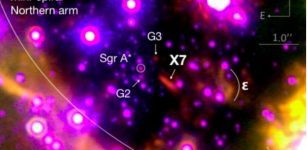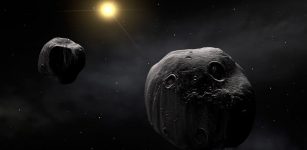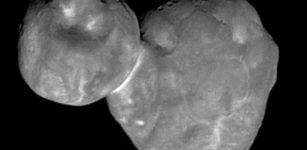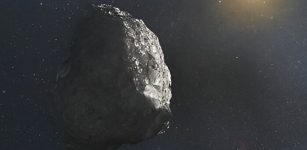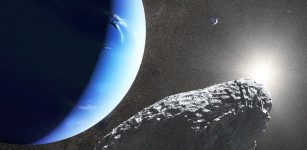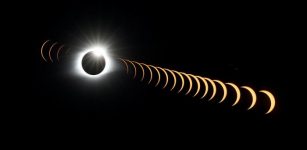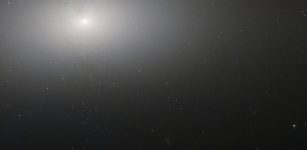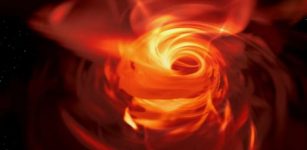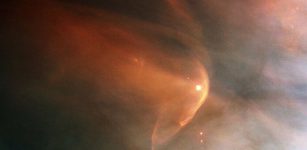MUSE Instrument Discovers 72 New Unseen Galaxies In Constellation Of Fornax (The Furnace)
MessageToEagle.com – Astronomers – working with the MUSE instrument on ESO’s Very Large Telescope in Chile – discovered 72 new galaxies in the southern constellation of Fornax (The Furnace).
The objects have never been detected before.
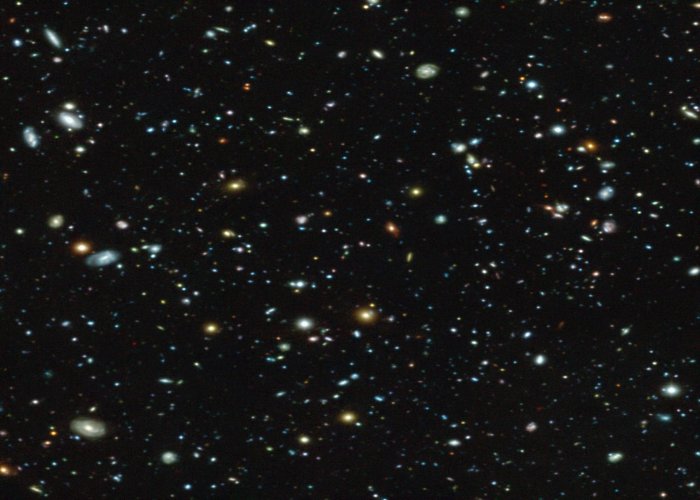
on ESO’s Very Large Telescope. Credit: ESO/MUSE HUDF collaboration
The team has focused their deepest spectroscopic survey ever, on the “Hubble Ultra Deep Field”, the region of the sky with 1600 very faint galaxies, observed earlier by the Hubble Space Telescope.
The Hubble has always made great and deep job, but the MUSE (Multi Unit Spectroscopic Explorer is able to do even more.
According to Roland Bacon, leading Survey team of the MUSE, the instrument “splits up the light from every point in the image into its component colors to create a spectrum.”
“This allows us to measure the distance, colors and other properties of all the galaxies we can see — including some that are invisible to Hubble itself,” Bacon said in a press release.
The MUSE data provides a new view of dim, very distant galaxies, seen near the beginning of the Universe about 13 billion years ago.
The detected 72 candidate galaxies known as Lyman-alpha emitters that shine only in Lyman-alpha light.
Current understanding of star formation cannot fully explain these galaxies, which just seem to shine brightly in this one color.
The MUSE disperses the light into its component colors these objects become apparent, but they remain invisible in deep direct images such as those from Hubble.
“MUSE has the unique ability to extract information about some of the earliest galaxies in the Universe — even in a part of the sky that is already very well studied,” explains Jarle Brinchmann, lead author of one of the papers describing results from this survey, from the University of Leiden in the Netherlands and the Institute of Astrophysics and Space Sciences at CAUP in Porto, Portugal.
“We learn things about these galaxies that is only possible with spectroscopy, such as chemical content and internal motions — not galaxy by galaxy but all at once for all the galaxies!”
Research is published in an issue of Astronomy & Astrophysics.
MessageToEagle.com


